Sri Lanka: A story of resilience & beauty
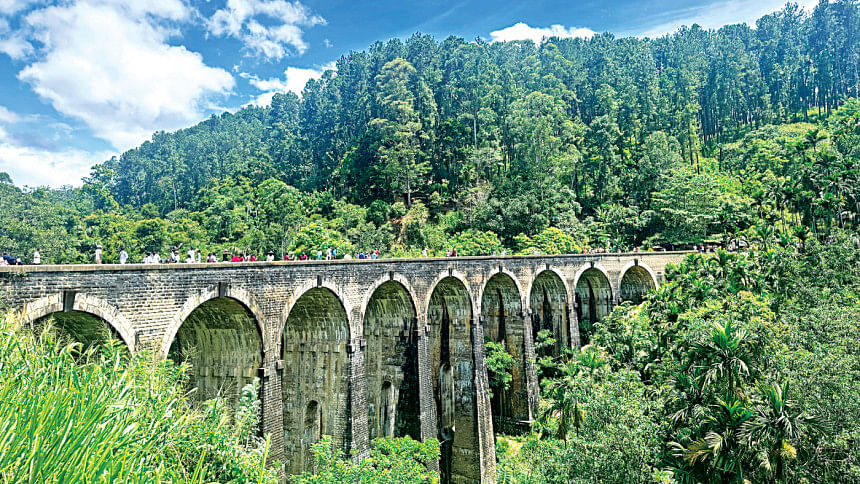
Sri Lanka is not just a country; it's a case study of collective resilience. Not long ago, the country was on the brink of collapse -- economically bankrupt and politically unstable. Now, it has turned around so eloquently that one must wonder how it gathered all its strength to do that in just a matter of months.
As I journeyed through its hills, beaches, colonial towns, and spiritual heartlands recently, I couldn't help but wonder: what if things hadn't turned around? And what can we learn from their turnaround?
Geographically, Sri Lanka is a small island nation. But don't let that fool you -- this land is brimming with natural wealth and cultural richness. And most importantly, it is a nation of people who refuse to give up, no matter how dire the circumstances.
My little experience says, with just a bit of fine-tuning, they could be miles ahead. In tourism, there's still room for improvement in regulatory monitoring, but as a nation, Sri Lankans display an exceptional level of hospitality, pride, and preservation.
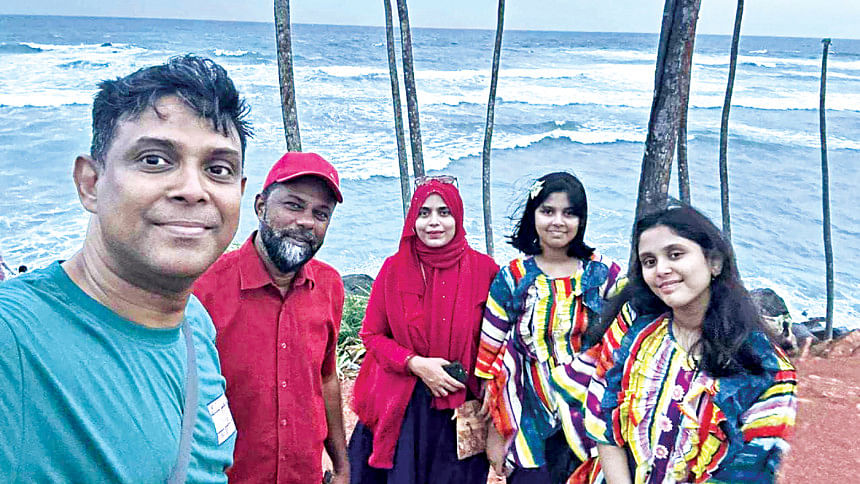
If you're planning to visit, I highly recommend getting an e-visa. It's efficient and time-saving. Sticker visas are also an option and can be processed within a day, usually costing just a bit more through agents.
We opted for a late-night flight from Dhaka (2:15am), which effectively added two full days to our itinerary. The return was at 9:30pm, maximising every minute of travel. One thing to remember: most hotels in Sri Lanka have check-in times between 11:00am and 2–3pm. If pressure is low, they often allow early check-in.
I always prefer planning my own trips. While travel agents offer ready-made packages, they often lack flexibility. This time, I designed our route to begin with Colombo sightseeing en route to Kandy, followed by two nights in Nuwara Eliya, then Ella, Mirissa, and finally Galle.
It's important to choose accommodation near main roads. Many hotels are isolated and don't appear properly on the maps, making transportation, food, and sightseeing inconvenient.
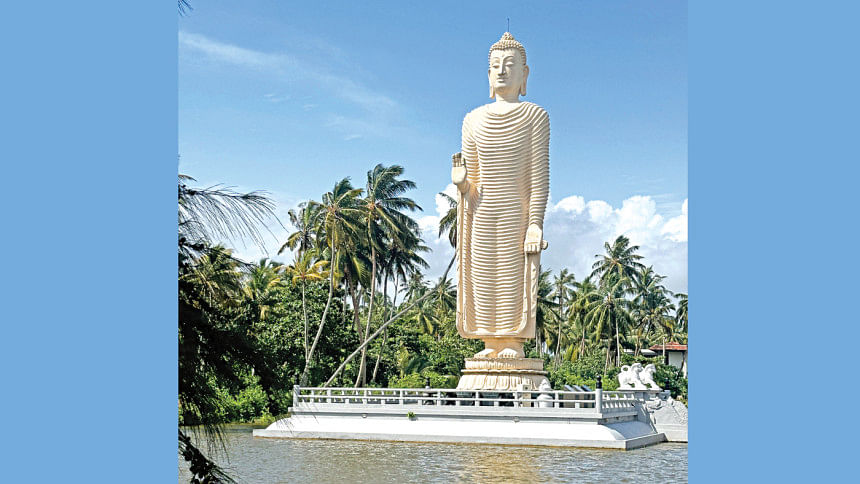
Upon landing at Bandaranaike International Airport around 5:00am, I was warmly greeted by a friend bearing a gift box of Dilmah tea -- a gesture that felt deeply symbolic of Sri Lankan hospitality.
I quickly passed immigration, exchanged currency, and purchased Dialog SIM cards (the best local network) for around 1400 LKR (Tk 600–650), which came with 20 GB of data and local call minutes. Before boarding, I even ran into a long-lost school friend headed for a factory inspection trip – proving that serendipity often finds you while travelling.
Our driver-guide, Nirosh Chaminda, had been waiting with a placard. After packing up and bidding farewell to my friend, we started for Kandy, stopping along the way to explore.
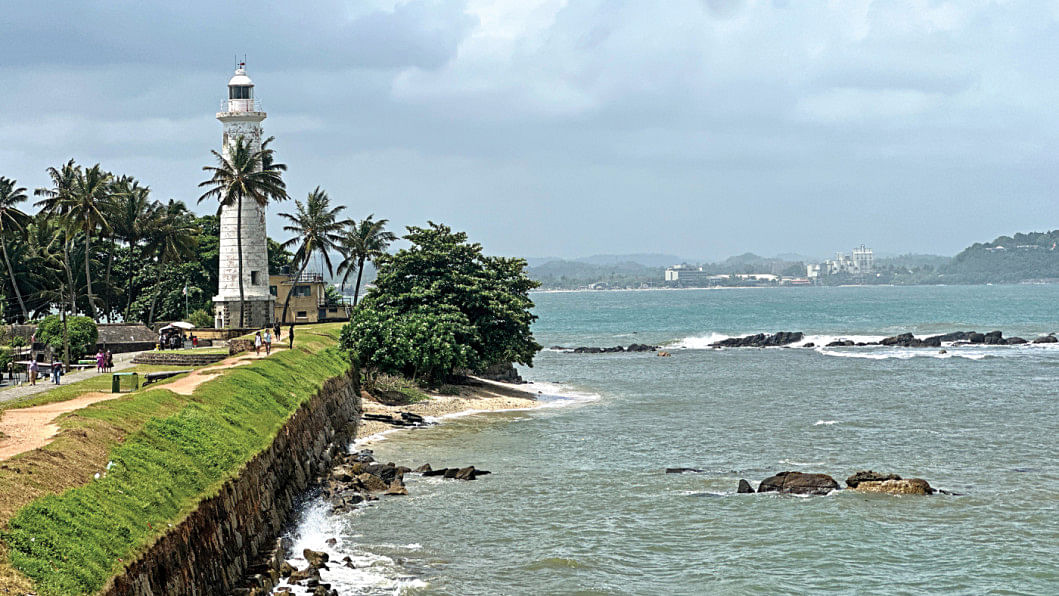
Breakfast introduced us to kottu, a local favourite made from chopped roti, noodles, and vegetables. Chaminda also offered us two types of coconut: the red-orange King Coconut and the green Young Coconut. The freshness was unlike anything I've had.
Before entering Kandy, we had the option to visit the Elephant Orphanage and the Elephant Foundation. But with limited time on our hands, we chose instead to explore the Sushanta Spice Garden, and it turned out to be the right decision. The hillside was lined with rows of medicinal plants like aloe, cinnamon, and gotu kola, stretching across thousands of acres. If you're a plant lover, the sheer variety and scale are sure to leave you amazed.
Kandy felt like stepping into a quiet colonial bubble, where pagodas, mosques, and temples peacefully coexist. We stayed at Kandy Supreme Hotel, chosen for its excellent location and lake views. Lunch was at Indian Summer, an upscale Indian restaurant with rich, flavourful food. Right across the street was a small soy ice cream stand that surprised us with its taste.
Later, we explored the Royal Botanical Gardens, which were vast, serene, and unlike any other. The park can be an all-day destination. We picked up snacks from a departmental store and returned to the hotel, ready for Nuwara Eliya the next day.
The morning walk around Kandy Lake was magical. A quick coffee at Kandiana Café set the tone. On the way out, we stopped at a government-authorised gem and jewelry shop and spent nearly two hours exploring and purchasing precious stones. We also had the rare chance to visit two gemstone mines.
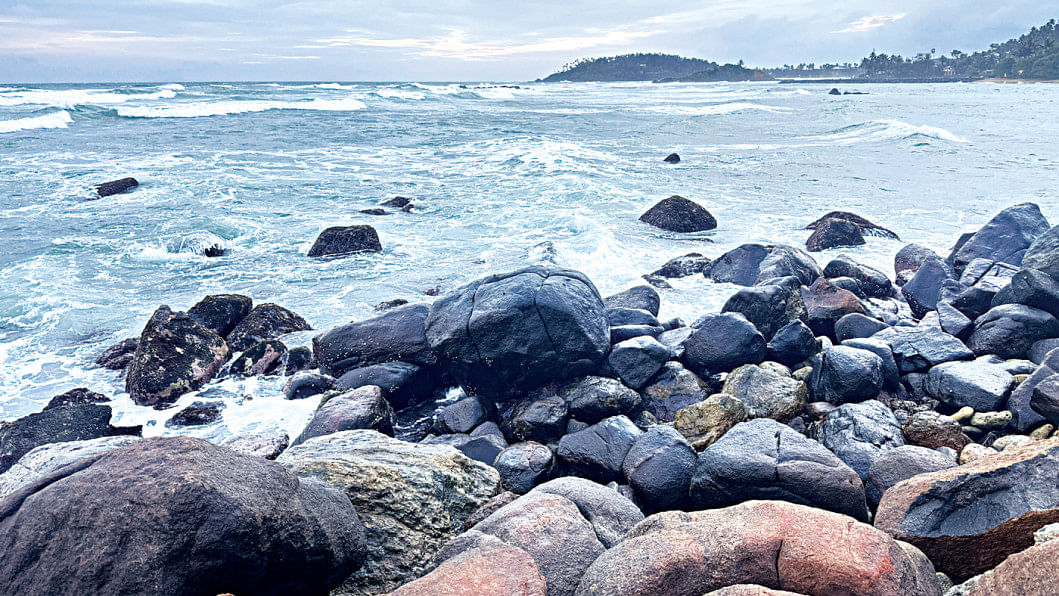
As we drove higher, the air thinned and the scenery transformed. Misty hills gave way to tea plantations, Buddhist temples, and old mosques – echoes of a blended culture. We paused at Ramboda Falls for lunch at Ramboda Water Villa, a scenic retreat tucked beside a roaring waterfall.
Chaminda guided us with clockwork precision. With him, we saw in hours what would've taken days on our own.
At 1,853 meters above sea level, Nuwara Eliya is often called Little London, and for good reason. Cool air, colonial buildings, flower gardens, and rolling fog create an almost cinematic setting.
We stayed at Queensland Hotel, a spotless, private property tucked behind a superstore. If we had more time, I would've stayed a week. The sounds of foxes at night, the wind through the trees, and the view from our open terrace during breakfast were unforgettable.
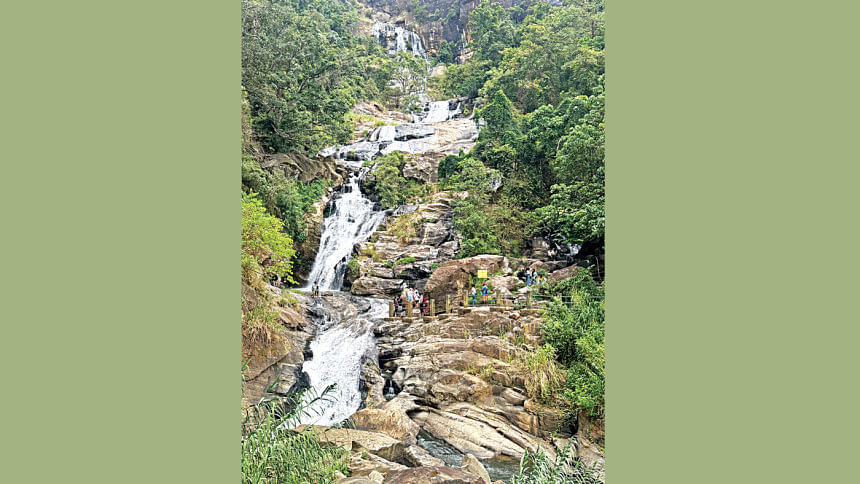
The post office, several centuries old, was still fully operational – a testament to Sri Lanka's sense of preservation and pride. Tea tastings, fresh strawberry ice cream, and walks by Gregory Lake added to the charm.
I would highly recommend visiting this place.
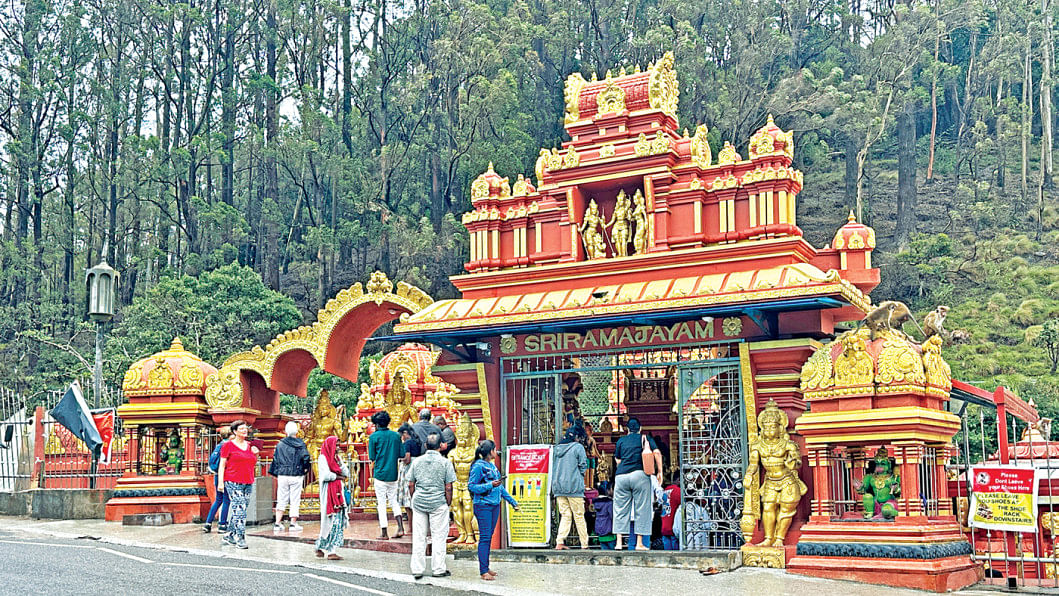
Next, we took the scenic route to Ella, visiting the Sita Temple, believed to be the place where King Ravana held Sita captive. Myth or history, the surroundings added gravitas to the legend.
The Nine Arch Bridge is an architectural wonder. Plan for at least three hours here, and if you're buying souvenirs, Ella offers the best value. At Ravana Falls, I reflected on why Ravana may have chosen such a beautiful place to hide. The scenery was awe-inspiring and deeply meditative.
In Mirissa, we stayed at Randiya Hotel, within walking distance of Coconut Tree Hill and Parrot Rock. Watching the sunset there made me feel like the king of the world.
Early morning beach walks stoked our hunger for the excellent hotel breakfast. While the writing feels rushed, the moments were not. They were slow, refreshing, and soul-soothing.
Our final stop was Galle -- a treasure trove of colonial architecture. Despite being hit hard by the 2004 tsunami, the Galle Fort remained largely intact. Walking through its old walls felt like time travel. Cafés like Dutch Café on Rampart Street offered a quiet place to sit with coffee and centuries of history.
While driving from Galle toward Hikkaduwa, it felt like this was the real Marine Drive. What we call Marine Drive back home doesn't even come close. As the road hugged the beach, I found myself repeatedly lost in thought – why is Sri Lanka this beautiful? I had never heard before that Sri Lanka was this stunning!

On the way, we stopped at the Tsunami Memorial Buddha – its height matching that of the deadly wave that killed over 50,000 people in 2004. It was a solemn, humbling moment. We also visited a moonstone mine and a cinnamon farm, both small but rich in tradition.
Entering Colombo city felt like entering a slightly calmer Dhaka. As we neared the airport, the color-changing Lotus Tower lit up the skyline. Colombo traffic is intense – leave at least two hours for the airport, especially after 5:00pm.
Sri Lanka cannot be captured in words. You have to visit it to know it, feel it. And being a little prepared before you travel can make your tour a bit more special.

 For all latest news, follow The Daily Star's Google News channel.
For all latest news, follow The Daily Star's Google News channel. 

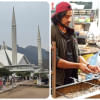
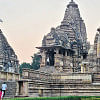
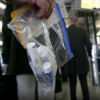
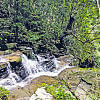
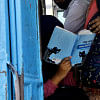


Comments